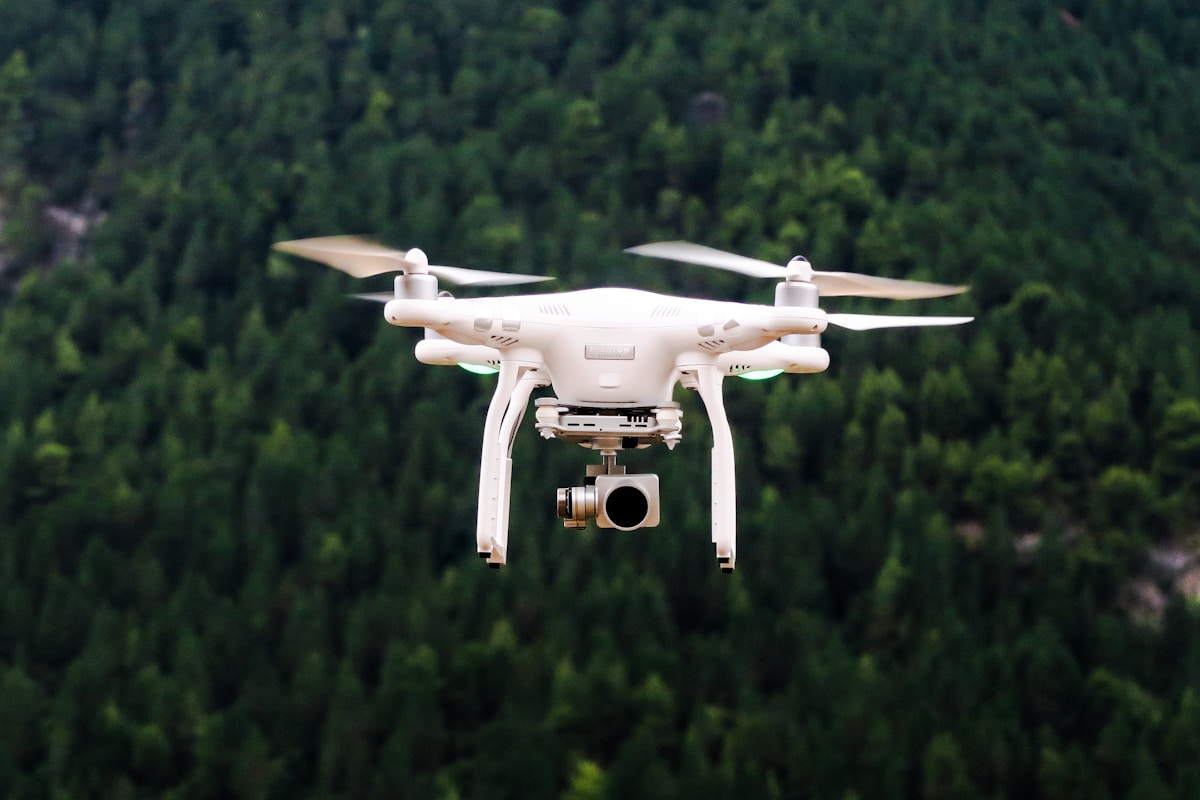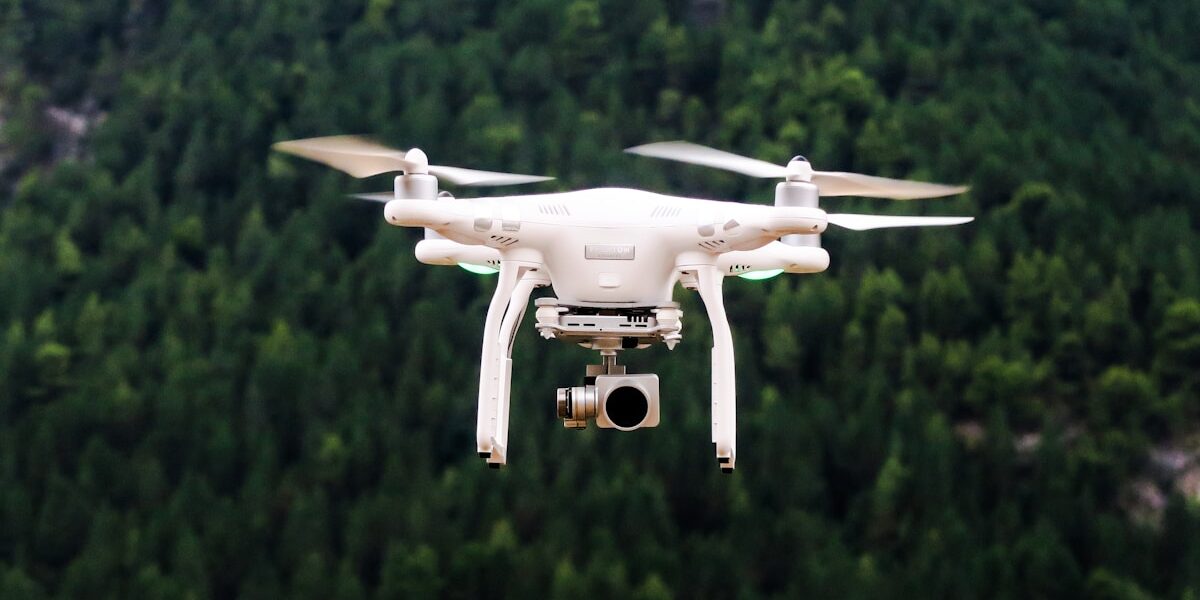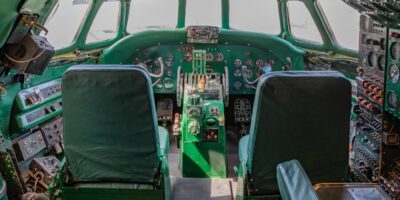Flight simulators have long been used as an effective tool for pilot training, offering a controlled environment where both novice and experienced pilots can refine their skills, learn new procedures, and safely experience emergency scenarios. But how close are these simulators to the actual experience of flying a real aircraft? This article delves into the similarities and differences between flying a real aircraft and using a flight simulator, exploring the effectiveness and limitations of simulators in replicating the true flying experience.

**Realism in Flight Simulators**
Modern flight simulators are highly sophisticated pieces of technology. They range from simple desktop software to full-scale cockpit replicas mounted on hydraulic actuators that simulate aircraft movement. High-end simulators used by airlines and training facilities often feature wrap-around screens or virtual reality headsets that provide a 360-degree view of the environment, complete with realistic landscapes, weather conditions, and air traffic. The software models the physics of flight and the response of the aircraft to various controls and external factors, making the experience as realistic as possible.
However, despite these advancements, there are inherent differences that distinguish simulator flying from real-life flying. One of the primary differences is the ‘feel’ of flying. In an actual aircraft, pilots are subject to physical sensations and forces such as turbulence, acceleration, and spatial orientation, which are only partially replicated in simulators. While motion platforms can mimic movements and g-forces, they cannot fully recreate the complete sensation of flight.
**Training and Skill Development**
Flight simulators are invaluable for training. They allow pilots to practice procedures and handle complex situations that would be too dangerous or impractical to perform in a real aircraft. For instance, engine failures, system malfunctions, and emergency landing procedures can be simulated repeatedly to train pilots in a risk-free environment. This aspect of simulation is particularly crucial for airline safety and pilot certification, as it ensures that pilots have experienced a broad range of scenarios before handling real passengers.
Moreover, simulators are used for performance assessment and to help pilots gain familiarity with different aircraft models and configurations. Transitioning between different types of aircraft can be challenging, and simulators offer an effective way to bridge this gap safely.
**Limitations of Simulators**
Despite their benefits, simulators do have limitations. The absence of real-life consequences in a simulator can lead to a different psychological state than flying an actual aircraft. The stress and pressure experienced during real flight, especially in emergency situations, are hard to replicate fully in the artificial environment of a simulator. Additionally, visual and sensory discrepancies can sometimes lead to a phenomenon known as simulator sickness, akin to motion sickness, which can affect the training effectiveness.
Furthermore, while simulators are excellent for practicing responses to technical failures and emergency procedures, they are less effective at replicating scenarios involving human factors and decision-making in unpredictable conditions. The dynamic and often unpredictable nature of real-world environments poses a challenge that is sometimes only truly testable in actual flight.
**Technological and Cost Considerations**
Investing in high-quality flight simulators is a significant financial undertaking. While cost-effective in the long run—saving costs on fuel, maintenance, and other operational expenses of actual aircraft—the initial setup, including technology and maintenance of sophisticated simulators, is substantial. This makes high-fidelity simulators less accessible for smaller flight schools or individual enthusiasts.
On the technology front, continuous advancements are bridging the gap between simulation and real flight. Developments in virtual reality and augmented reality, along with better motion cueing systems, are enhancing the tactile and visual feedback provided by simulators, making them even closer to mimicking real-life flying experiences.
**Conclusion**
While flight simulators offer a close approximation and are an essential tool in pilot training and aircraft design, differences in sensory feedback, stress levels, and unpredictability in real-flight conditions mean that they cannot completely replace the experience of actual flying. However, as technology advances, the gap continues to narrow, enhancing both the utility and realism of flight simulators in the aviation industry. For aspiring pilots and seasoned professionals alike, simulators provide a valuable complement to actual flight training, ensuring higher levels of preparedness and safety in the skies.



Subscribe for Updates
Get the latest articles delivered to your inbox.
We respect your privacy. Unsubscribe anytime.